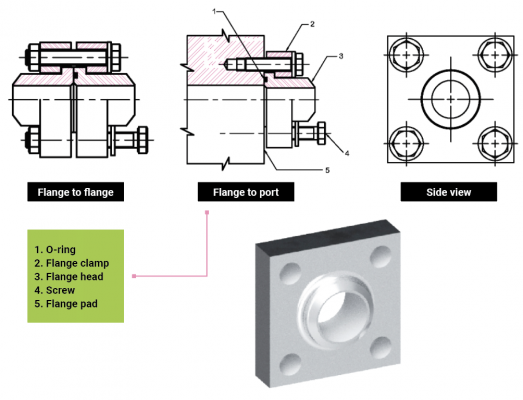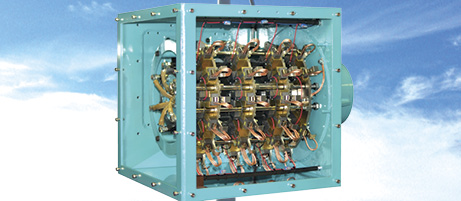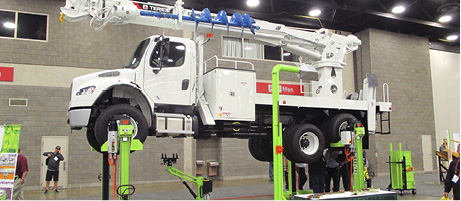Navigating the Rough Seas of Marine Certification
By Thomas Shickel, Manager, Marine & Offshore, Bosch Rexroth Corp.

The marine industry presents a unique set of challenges, and among them is a myriad of regulations concerning marine and offshore products. A clear understanding of marine certifications and inspection documents for hydraulic products used in marine systems is crucial to making an informed decision.
Worldwide statutory provisions specify the rules and regulations with which ships and marine equipment must comply to obtain an operating license. The size, intended use, and type of ship, as well as the application of the ship’s operating equipment and installation room, define the mandatory inspection documents and certificates needed for approval. As the hazard potential grows, the requirements become stricter.
Certifications and inspection documents serve a key purpose: they confirm, either by the manufacturer or by a third-party verification service, that the equipment is in compliance with industry standards. Obtaining these certifications and inspection documents when ordering pumps, motors, valves, control blocks, and other shipboard equipment can result in significant time and cost savings.
Marine certifications involve many organizations. Let’s look at a few of them.
IMO
The primary purpose of the U.N.’s International Maritime Organization is to develop and maintain a comprehensive regulatory framework for shipping. Its mandate includes safety, environmental concerns, legal matters, technical cooperation, maritime security, and shipping efficiency.
IMO is the source of approximately 60 legal instruments that guide regulatory development to improve safety at sea, facilitate trade among seafaring states, and protect the maritime environment. Three of the most well-known of these instruments are the International Convention for the Safety of Life at Sea, the International Convention for the Prevention of Maritime Pollution, and International Convention of the Safe and Environmentally Sound Recycling of Ships, known as the “green passport.”
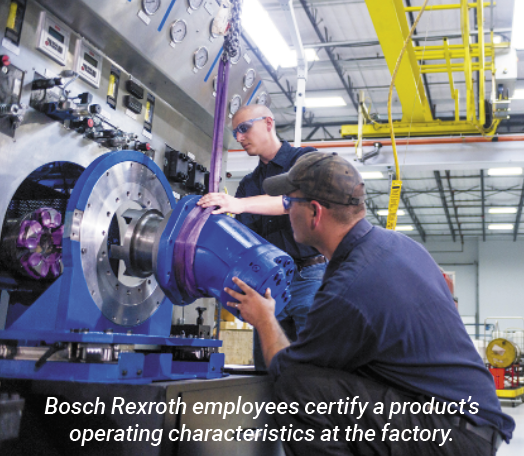
Classification societies
Classification societies add another level to the marine certification structure. A classification society is a nongovernmental organization that establishes and maintains technical standards for the construction and operation of ships and offshore structures based on IMO regulations. The society validates that the construction adheres to set standards and executes regular surveys to ensure compliance.
Societies also classify oil platforms and other offshore structures. Their extensive survey process covers diesel engines, important ship-board pumps, and other vital machinery.
Marine classification promotes occupational safety and protects property and the environment by verifying compliance with technical and engineering standards for the design, construction, and life-cycle maintenance of ships, offshore units, and other marine facilities. The standards and rules are established by individual societies.
The International Association of Classification Societies (IACS), headquartered in London, has 12 member societies. IACS is a nongovernmental organization that develops unified interpretations of international statutory regulations developed by IMO-member states. IACS-member societies apply these interpretations when certifying regulatory compliance on behalf of authorizing flag states.
Inspection documents and certificates
Whether a product needs approval from a classification society depends on its function. The societies establish product certificates and issue applicable approvals. Product certificates may be issued according to standard EN10204, while type-approval certificates require a specific format from the relevant society. According to EN10204 standards, certificates come in two categories.
The first involves nonspecific inspections for nonessential equipment. This means the inspected equipment is without a hazard potential for life or limb in applications such as cranes or winches. This category includes a declaration of compliance with the order (type 2.1) and a test report (type 2.2). In a type 2.1 declaration, the manufacturer declares that the product is in compliance with the requirements of the order without the inclusion of test results. A type 2.2 report is the same except that it includes test results based on a nonspecific inspection.
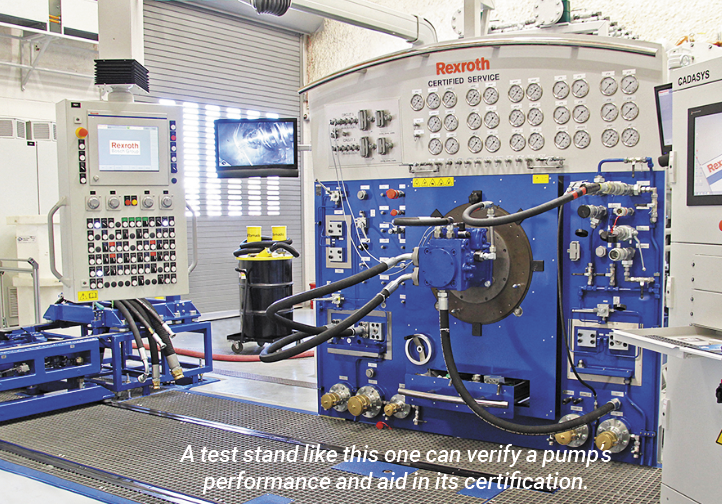
The second category is defined by specific inspections for essential equipment with a hazard potential for life and limb. Hazardous equipment includes applications such as steering gears and propulsion systems. Like the nonspecific equipment, a manufacturer can issue a type 3.1 certificate that says a product is in compliance and has the test results to verify it. This document is validated by the manufacturer’s authorized inspection representative, who is independent of the manufacturing department.
The other type, 3.2, is prepared by the manufacturer’s independent representative and either the purchaser’s authorized representative or an inspector designated by regulations. It also includes test results.
The American Bureau of Shipping, which is a member of IACS, is one of the largest certification bodies presiding over U.S. shipbuilding. It conducts engineering design reviews and inspection testing on components and machinery such as propulsion systems, cranes, winches, ballast systems, and stabilizers. Typically, classification societies provide general design standards.
There are a few shortcuts that can reduce some of the red tape. For example, if an OEM supplies shipboard drive and control equipment and incorporates high-pressure piston pumps, the OEM can ask the pump manufacturer to provide test certifications for the pump. This can reduce the needed inspection verifications when the system is installed at the shipyard.

Also, for some certificates, manufacturers can transfer test results from an earlier inspection to the inspection certificate, provided the manufacturer complies with traceability procedures.
It’s easy to get overwhelmed with the certification and inspection processes for marine products. With all the intricacies involved, companies capable of providing material and testing certifications for marine applications can save a customer significant time and cost on approvals. Ultimately, testing certifications at the individual component level support a faster comprehensive inspection process for a vessel’s final performance validation.


